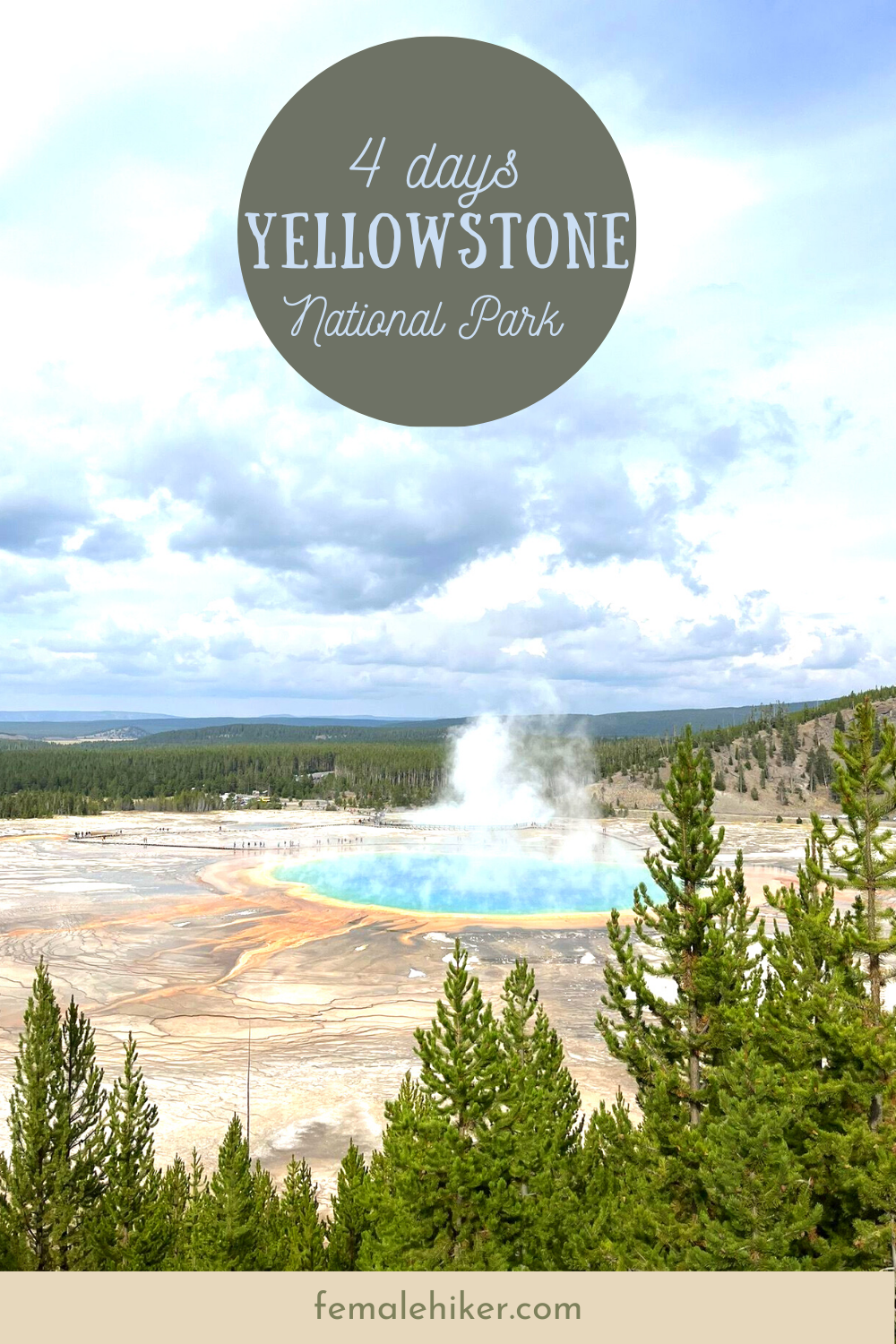
Yellowstone National Park is known for its unique geothermal features such as Old Faithful. There is so much do to – Keep reading for the Ultimate Yellowstone 4 Day Itinerary.
- Yellowstone National Park
- When to Visit Yellowstone National Park
- How to Get to Yellowstone
- Is 4 Days Enough for Yellowstone?
- Where to Stay in Yellowstone
- Must Do Activities in Yellowstone
- What to See in Yellowstone in 1 day
- The Best Yellowstone 4 Day Itinerary
- What to Pack for a Yellowstone 4 Day Itinerary
- Summary
This post may contain affiliate marketing links (including the Amazon Services LLC Associates Program), which means I may be paid a commission on sales of those products. These are products I fully use and endorse, and my content is not influenced by advertisers or affiliate partnerships.
Yellowstone National Park
Yellowstone National Park is a protected area in the United States that is home to a diverse range of flora and fauna, as well as many geological features such as geysers and hot springs. The park is located primarily in the state of Wyoming but also extends into Montana and Idaho.
There is so much to do in Yellowstone National Park. Because the park is so large and expands to other states, I suggest around 4 to 5 days to explore all of Yellowstone.
Keep reading for the Ultimate Yellowstone 4 Day Itinerary.
Is a Trip to Yellowstone Worth it?
A trip to Yellowstone National Park is absolutely worth it!
It is the first and oldest national park in the world, having been established in 1872. The park is known for its unique geothermal features, including the Old Faithful geyser, which erupts regularly and can be observed by visitors.
Yellowstone is also home to a variety of wildlife, including bison, elk, moose, grizzly bears, and wolves. The park is a popular destination for visitors who come to hike, fish, and view the natural beauty of the region.
When to Visit Yellowstone National Park
Yellowstone National Park is a popular tourist destination, and the best time to visit depends on your personal preferences and the type of activities you want to do.
Summer (June through August) is the busiest season in the park, with warm weather and longer daylight hours. This is a good time to visit if you want to participate in a wide range of outdoor activities, such as hiking, fishing, and wildlife viewing. However, the park can be very crowded during this time, and lodging and other amenities may be more expensive.
Spring (April and May) and fall (September and October) are considered shoulder seasons in Yellowstone, with fewer crowds and more moderate temperatures. The park is still open for visitors during these times, and the weather can be pleasant for outdoor activities.
Winter (December through March) is the least busy season in the park, with cold temperatures and shorter daylight hours. The park is open to visitors during this time, but typically the only road open is between Mammoth Hot Springs and the northeast entrance. All other park roads are closed to wheeled vehicles. Be sure to check the NPS website for current road closures.
Winter activities in the park include snowshoeing, cross-country skiing, and wildlife viewing. If you visit during the winter, be sure to dress appropriately for the cold weather and bring warm clothing, boots, and other gear.
Regardless of the season, a Yellowstone 4 day itinerary will make the perfect trip.
How to Get to Yellowstone
There are several ways to get to Yellowstone National Park, depending on your location and mode of transportation.
The nearest major airport to Yellowstone National Park is the Jackson Hole Airport in Jackson, Wyoming, which is about an hour’s drive from the park’s South Entrance.
Other nearby airports include the Bozeman Yellowstone International Airport in Bozeman, Montana (about 2 hours from the park) and the Idaho Falls Regional Airport in Idaho Falls, Idaho (about 3 hours from the park).
Otherwise, the largest airport close by is Salt Lake City Airport, but that makes it a 7-hour drive into the park.
Once you fly into an airport, I highly recommend that you rent a car to drive to Yellowstone. Although there are shuttles that will take you to Yellowstone National Park, it is very inconvenient as it’s not super accessible at every trailhead and destination you will want to go to.
Travel inspo! While you are flying into Jackson Hole, why not road trip to Grand Teton National Park as well?
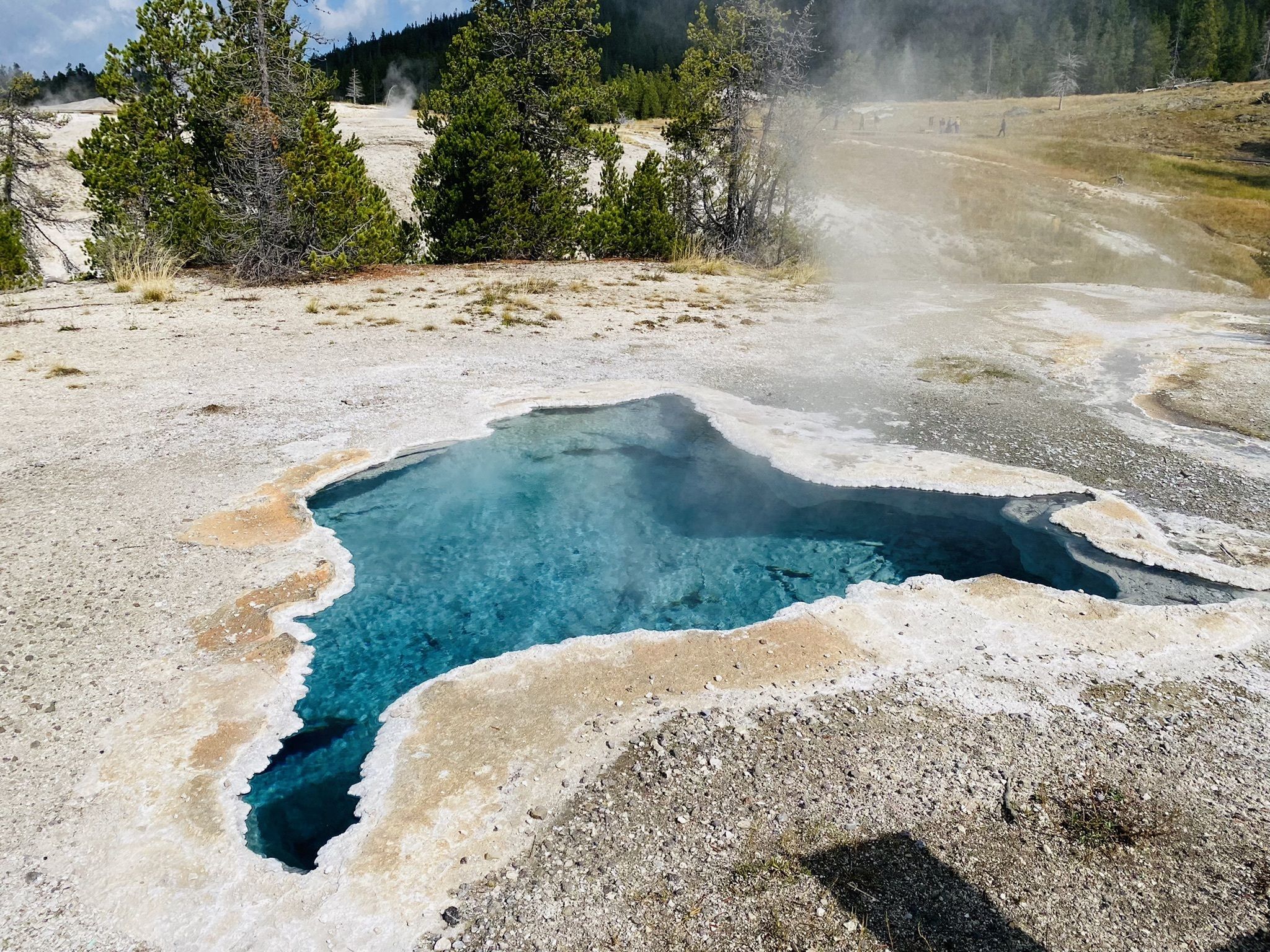
Is 4 Days Enough for Yellowstone?
Four days is a decent amount of time to spend in Yellowstone National Park, but it depends on your interests and the activities you want to do. If you want to see a significant portion of the park and participate in a variety of activities, you may want to consider staying longer.
Additionally, you might be able to find a road trip itinerary that includes other nearby attractions such as Grand Teton National Park, or even Big Sky, Montana.
Here are some things to consider when planning your trip to Yellowstone:
- How much time you want to spend driving: The park is quite large, and it can take several hours to drive from one end to the other. If you want to see a lot of the park, you will need to allocate some time for driving.
- The distance between attractions: Some of the popular attractions in the park, such as Old Faithful and the Grand Canyon of Yellowstone (not to be confused with THE Grand Canyon), are quite far apart. If you want to visit multiple attractions, you will need to allow time for travel between them.
- The type of activities you want to do: If you plan on hiking, fishing, or participating in other outdoor activities, you will need to allow time for these activities as well.
In general, four days is enough time to see some of the major attractions in the park and participate in a few activities, but you may want to consider staying longer if you want to see more of the park or do more activities.
Where to Stay in Yellowstone
There are several options for lodging within Yellowstone National Park, and the best place to stay will depend on your preferences and the activities you plan to do. Here are a few options to consider:
Yellowstone Lake: The Yellowstone Lake area is located near the center of the park and is a good base for exploring the park’s western and central regions. Lake Yellowstone Hotel, located on the shore of Yellowstone Lake, is a historic and elegant option for lodging. Bridge Bay Campground is great for those who want to go fishing at Yellowstone Lake.
Old Faithful: Old Faithful is one of the most popular attractions in the park, and the Old Faithful Inn and Old Faithful Lodge Cabins are located nearby. These lodgings offer convenient access to the geyser and other nearby attractions. Madison Campground is a great option for campers.
Mammoth Hot Springs: The Mammoth Springs area is located in the northwest corner of the park and is a good base for exploring the park’s northern regions. The Mammoth Hot Springs Hotel & Cabins are located here.
Grant Village: The Grant Village area is located on the western shore of Yellowstone Lake and is a good base for exploring the park’s southern regions. The Grant Village Lodge and the Lake Lodge Cabins are located here. For camping, check out Grant Village Campground.
Canyon Campground: Canyon Campground is in a central location within Yellowstone, within a mile of the Grand Canyon of the Yellowstone. This makes it one of the most popular campgrounds in the park.
West Yellowstone: The most popular option for staying outside the park is West Yellowstone in Montana. It is near the west entrance of Yellowstone National Park and is conveniently located near the Yellowstone Regional Airport. It also has other attractions and activities to offer, including shopping, dining, and recreational opportunities.
No matter where you stay in the park, be aware that lodging options within Yellowstone can be quite expensive and may fill up quickly, especially during peak tourist season. It is a good idea to book your lodging well in advance to ensure availability.
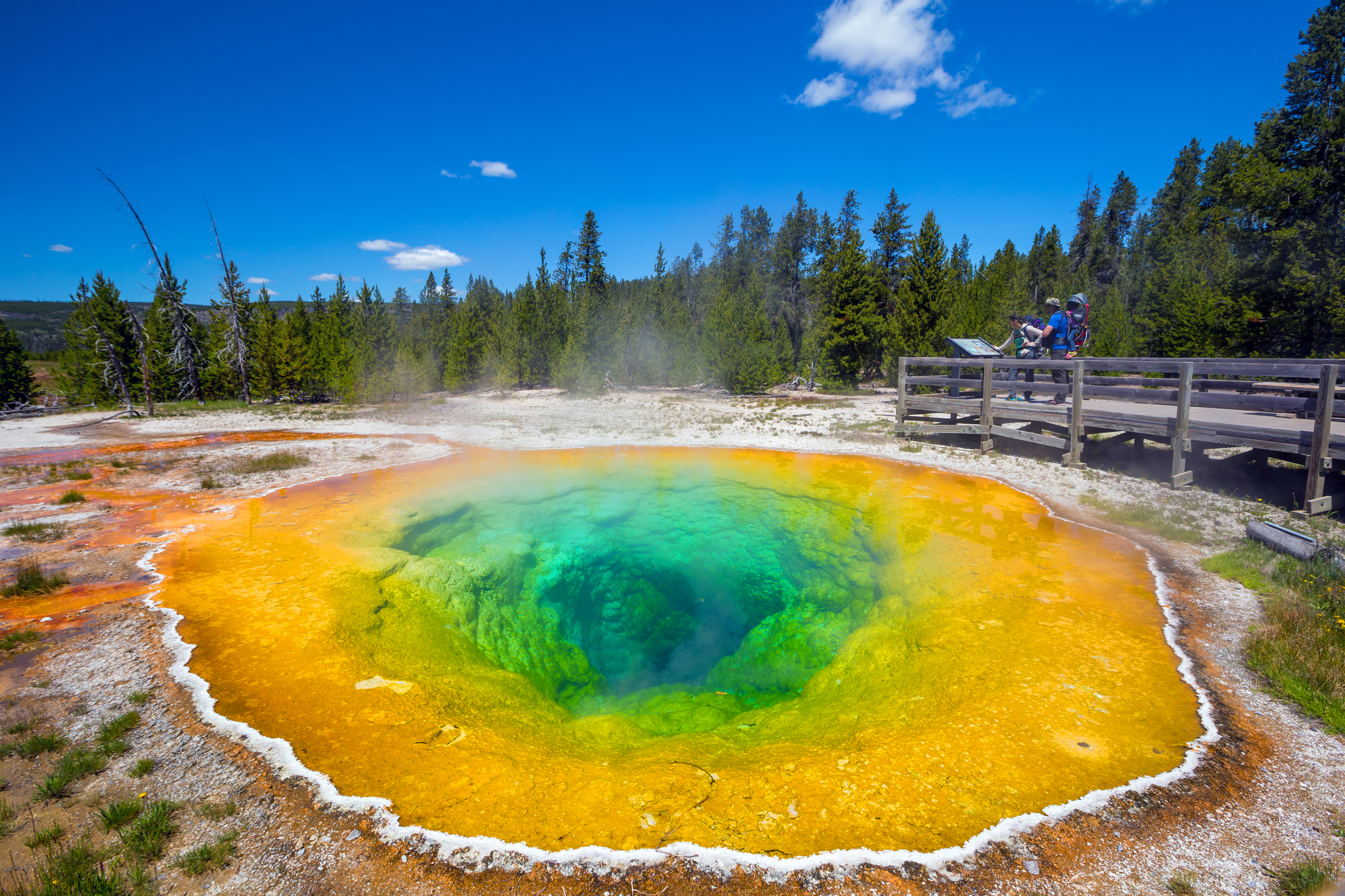
Must Do Activities in Yellowstone
Yellowstone National Park is a vast and diverse place with many different activities and attractions to enjoy. Here are a few must-do activities in the park:
View the geothermal features
Yellowstone is famous for its geothermal features, including geysers, hot springs, and mud pots. Some of the most popular geysers to visit include Old Faithful, Castle Geyser, Grand Geyser, and Grand Prismatic Spring.
Although most people know Old Faithful Geyser, Grand Prismatic Spring is actually the most photographed in the park. The spring is located in the Midway Geyser Basin, and it is surrounded by a boardwalk that allows visitors to get close to the spring and view it from several different angles.
Go wildlife viewing
Yellowstone is home to a variety of wildlife, including bison, elk, moose, grizzly bears, and wolves. The best time to view wildlife is early in the morning or late in the evening when the animals are most active.
Hike in the backcountry
Yellowstone has over 1,000 miles of trails, ranging from short, easy hikes to longer, more strenuous backpacking trips. There are trails for all skill levels, and hiking is a great way to explore the park’s diverse landscape and see wildlife.
Take a scenic drive
Yellowstone has several scenic drives that take you through the park’s most beautiful areas. Some of the most popular drives include the Grand Loop Road and the Beartooth Highway.
Go fishing
Yellowstone is home to many different species of fish, and the park has numerous streams, rivers, and lakes where you can fish. A valid state fishing license is required to fish in the park.
What to See in Yellowstone in 1 day
If you only have 1 day in Yellowstone National Park, you should definitely go check out all the geothermal areas.
Your best bet will be in Upper Geyser Basin which is home to the famous Old Faithful Geyser. There are actually much more geysers there that are worth seeing as well, including Castle Geyser and Grand Geyser. You can take a self-guided tour of the geysers or join a ranger-led tour to learn more about the geothermal features in the area.
As you can see from the map, Upper Geyser Basin has several trails that take you through the geyser field and allow you to get up close to the geothermal features. The trails range in difficulty from easy to moderate, and they offer a variety of views of the geysers and hot springs.
The Best Yellowstone 4 Day Itinerary
Yellowstone National Park is basically broken up into five main areas:
- Mammoth Hot Springs: Home to unique Mammoth Hot Springs Terraces and the Boiling River, where you can swim (note: unfortunately Boiling River is closed due to flooding as of 2022)
- Old Faithful: The famous geyser that many people know to be the top destination in Yellowstone
- Canyon Village: Located in the park’s central region and is known for its proximity to the Grand Canyon of the Yellowstone (a large canyon with hydrothermal features); the Yellowstone River also flows through
- West Thumb / Grant Village: This area is on the west bank of Yellowstone Lake and includes access West Thumb Geyser Trail as well as canoeing, kayaking, and fishing opportunities
- Yellowstone Lake Village: Yellowstone Lake Village is north of Yellowstone Lake and is a more developed area, with the Yellowstone Lake Hotel. This is the busiest area of the part given the central location
If you only have 4 days in Yellowstone National Park, you may not have time to visit all of these places. Instead, it is wise to concentrate on just a few so you can get the most out of your visit and not feel like you are rushed.
Keep reading for my 4 days Yellowstone itinerary.
4 Day Yellowstone Itinerary Map
Over the 4 days in Yellowstone, you will be visiting these areas.
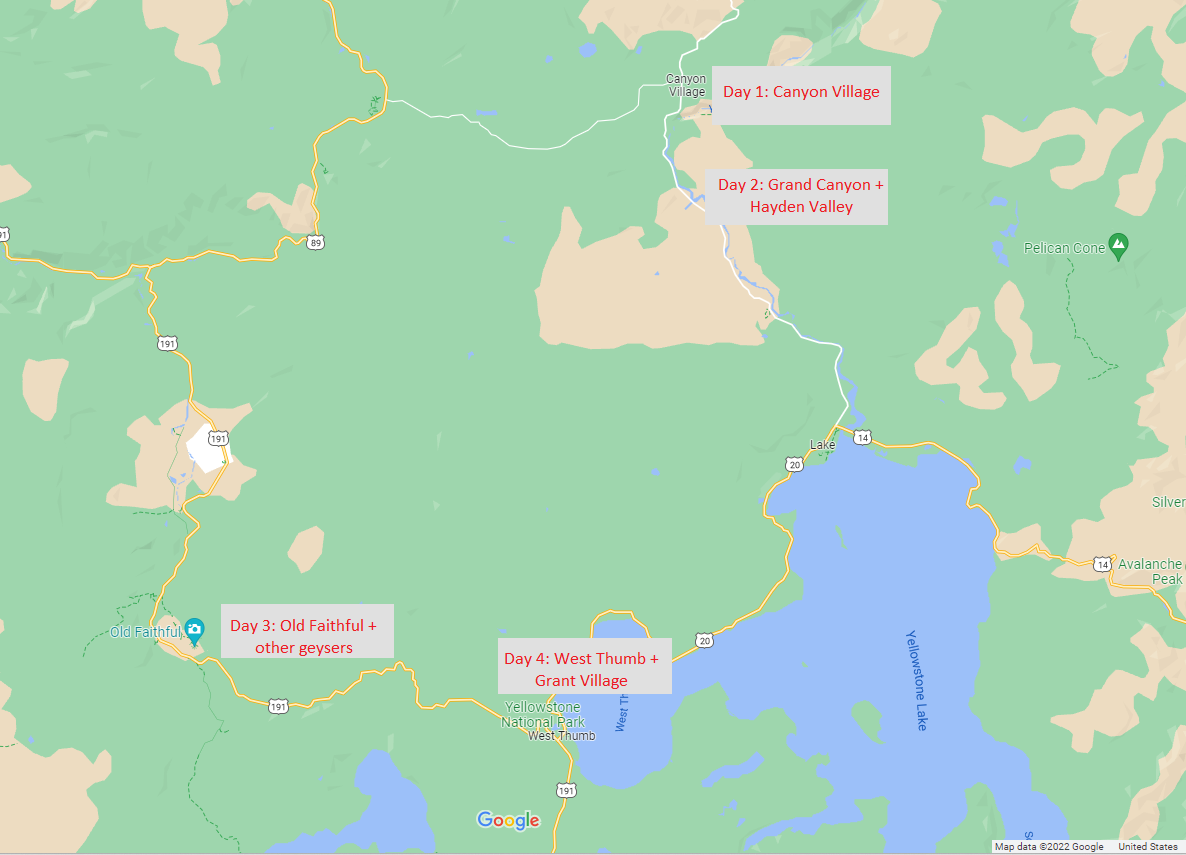
Day 1: Settling in at Canyon Village
On your first day after you land or drive in, head to Yellowstone National Park and head towards Canyon Village. You will spend your first days here and move your way down south towards Yellowstone Lake for the rest of your days.
You’ve likely had a long day of travel, so spend your first afternoon with the short hikes near Canyon Village
- Inspiration Point: You will see grand views of the canyon below from this paved observation deck
- Lookout Point: One of the most popular waterfalls in the canyon is the Lower Falls, which is a 308-foot waterfall that is visible from several overlooks along the canyon rim including from Lookout Point
- Upper Falls View: Finally, go check out Upper Falls from the Upper Falls viewpoint
IF you have more time, it is worth it to drive 20 minutes west and explore Norris Geyser Basin. The terrain there is very special and you won’t see anything like it in all of Yellowstone National Park.
The Norris Geyser Loop Trail is 3 miles long and will take you around the big sites, from Norris Porcelain Basin to Steamboat Geyser.
Spend the night at Canyon Village tonight.
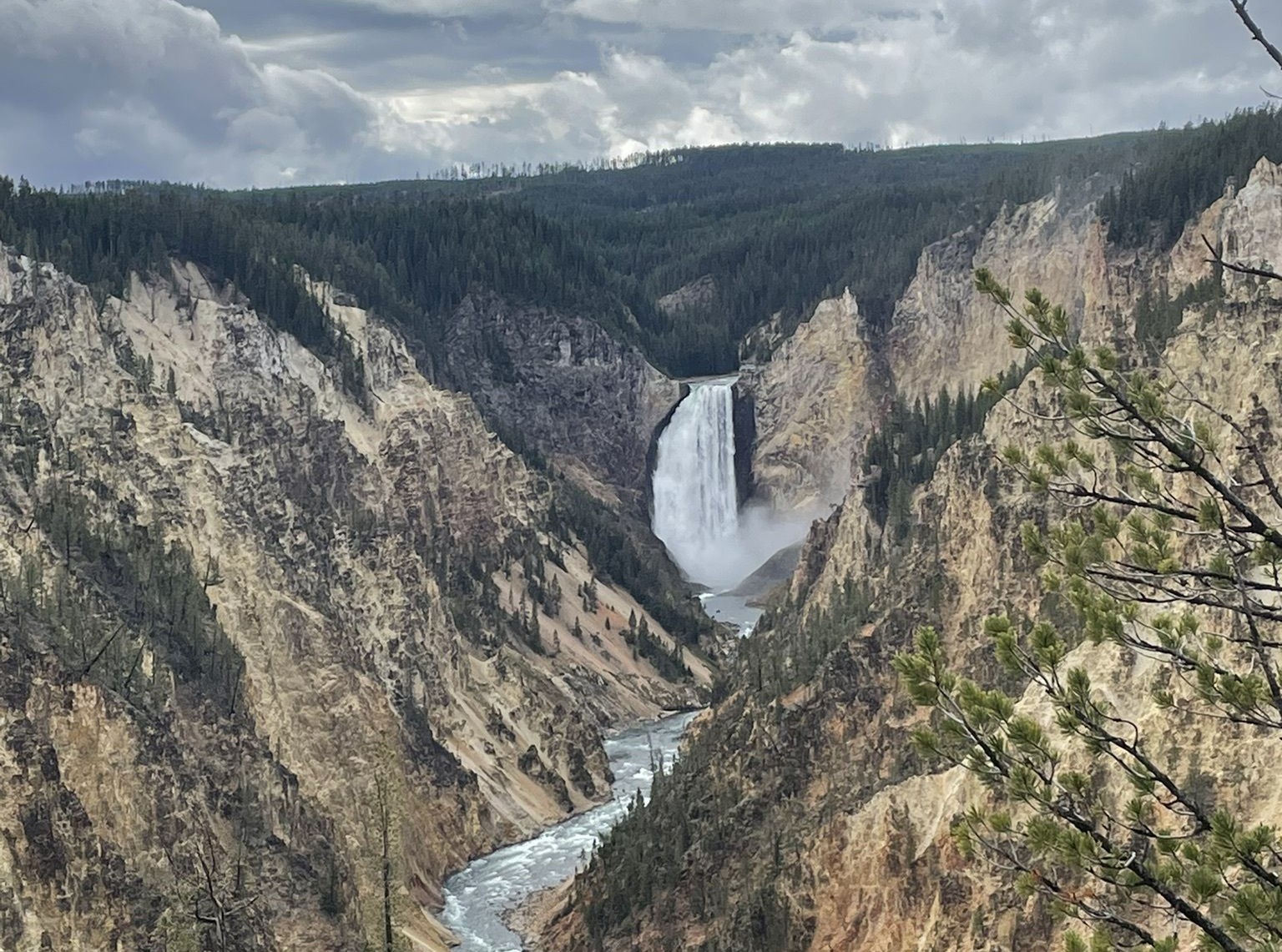
Day 2: Exploring the Grand Canyon of Yellowstone
For your first hike of the day, you’re heading to Upper Falls, Lower Falls, and Crystal Falls Trail, a 4 mile and 400 ft elevation change hike along the Yellowstone River and Grand Canyon of Yellowstone walls.
If you are feeling more ambitious and got enough of the Yellowstone river and the canyon yesterday, drive 10 minutes up north to hike up Mount Washburn via Dunraven Pass. The Mount Washburn hike is a popular trail in Yellowstone National Park that leads to the summit of Mount Washburn, a 10,243-foot peak. It is approximately 5.5 miles round trip and offers beautiful views of the Absaroka Range and park’s thermal features.
Once it gets to the afternoon, pack up because you’re heading south to West Thumb / Grant Village!
On the way down to Yellowstone Lake, you will pass by Hayden Valley which is one of the best spots to see wildlife. Hayden Valley specifically has bison, black bears, elk, grizzly bears, and wolves. Dusk is also typically one of the best times to see wildlife, so it is good timing.
Be sure to read all the information about wildlife, as we do not want to get too close to them. The NPS recommends that to protect yourself and the animals you come to watch, always remain at least 100 yards (91 meters) from bears or wolves, and at least 25 yards (23 meters) from all other wildlife.
Note: In a Yellowstone 4 day itinerary, it won’t be time efficient to go all the way up to Lamar Valley, which is the best place to see wolves. If you have longer than 4 days, you may consider going on a Lamar Valley Wolf Tour to guarantee to see the wolves. Or if you want to cut one day out, I would skip West Thumb and add in Lamar Valley to see wolves.
Check into your hotel or campground at West Thumb / Grant Village tonight.
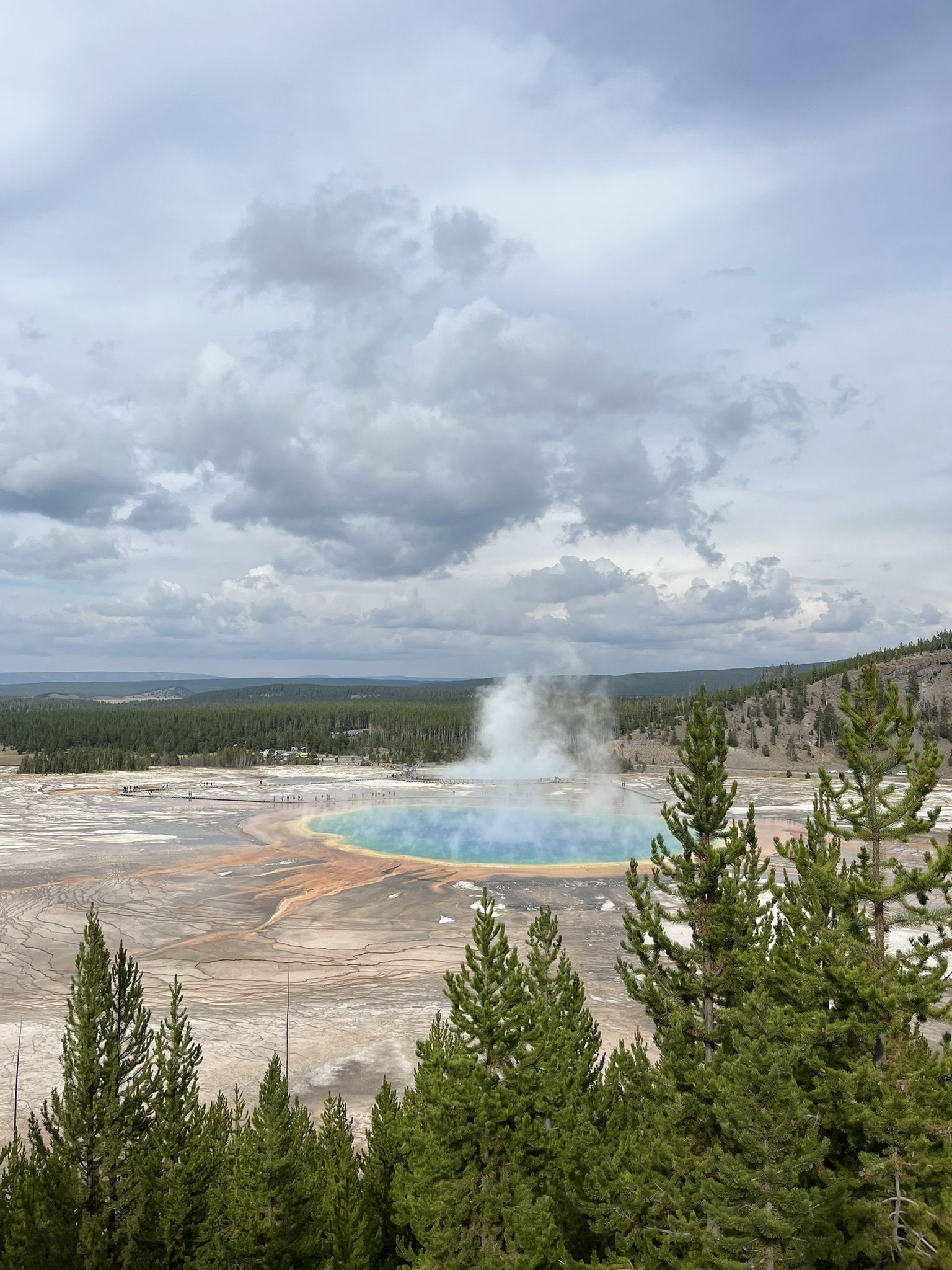
Day 3: Finally Seeing the Geysers!
Day 3 is a big one because it’s finally the day you’re going to see the famous Yellowstone geysers! Now that you saw some wildlife, you will be more settled in and you can take your time around the geysers.
Upper Geyser Basin and Old Faithful
In the morning, you will want to drive early out to the famous Old Faithful Geyser. As you get later in the day, it becomes crowded because the tour buses start coming in.
Old Faithful is located in Upper Geyser Basin, 30 minutes driving west from West Thumb. While you are at Upper Geyser Basin, you will want to do a full loop so you can see the rest of the geysers.
You will be hiking Upper Geyser Basin. How long is the trail in Upper Geyser Basin? Upper Geyser Basin and Old Faithful Observation Point Loop is a 5 mile hike with minimal elevation (around 400 feet) that will take you 2.5-3.5 hours to hike, with stops for photos.
When you arrive at Upper Geyser Basin, go to the Old Faithful Visitor Education Center or look at the geyser eruption times online to see the eruption time of the 5 primary geysers. How often
- Old Faithful: erupts every 68 or 94 minutes
- Castle Geyser: erupts every 13 hours 30 minutes
- Grand Geyser: erupts every 6 hours 30 minutes
- Daisy Geyser: erupts every 2 hours 45 minutes
- Riverside Geyser: erupts every 6 hours 30 min
You can see all 5 geysers and more including the Chromatic Pool and Grotto Geyser at the Upper Geyser Basin loop. The famous Morning Glory Pool is also along this hike.
Midway Geyser Basin
Next, you will want to keep heading north to the Midway Geyser Basin, home to Grand Prismatic Spring and the Fairy Falls hike. No Yellowstone National Park itinerary would be complete without Grand Prismatic Spring.
If you only want to see Grand Prismatic Spring and the other geothermal features, plan to spend around 1-2 hours here. If you want to continue on to Fairy Falls Trail, plan to spend around 3-4 hours.
Fairy Falls Trail: The Fairy Falls hike is 4.8 miles round trip and a flat hike to the beautiful Fairy Falls. The falls are approximately 200 feet tall are visible from several viewpoints along the canyon rim.
Grand Prismatic Spring Overlook: Grand Prismatic Spring is Yellowstone’s largest hot spring at approximately 250 feet in diameter and 120 feet+ deep. The overlook is a short walk from the parking area. It is such a beautiful and colorful spring that many visitors will come here to check it out. In order to get the best colors, you will want to go on a day where there are not many clouds.
Midway Geyser Basin Trail: Another trail you can hike is the 0.7 mile Midway Geyser Basin Trail. It is a very relaxed, easy trail that loops you around to other viewpoints such as the Excelsior Geyser Crater, Turquoise Pool, and Opal Pool. This trail will loop around to the Grand Prismatic Spring, rather than looking ~over~ it.
Note: Lower Geyser Basin is just 5 minutes north of Midway Geyser Basin. But if you only have 4 days in Yellowstone, I suggest skipping Lower Geyser Basin. It is the largest basin at around 18 square miles, but it doesn’t have as many of the big sites as the other Geyser Basins.
Head back to your accommodation at West Thumb / Grant Village tonight
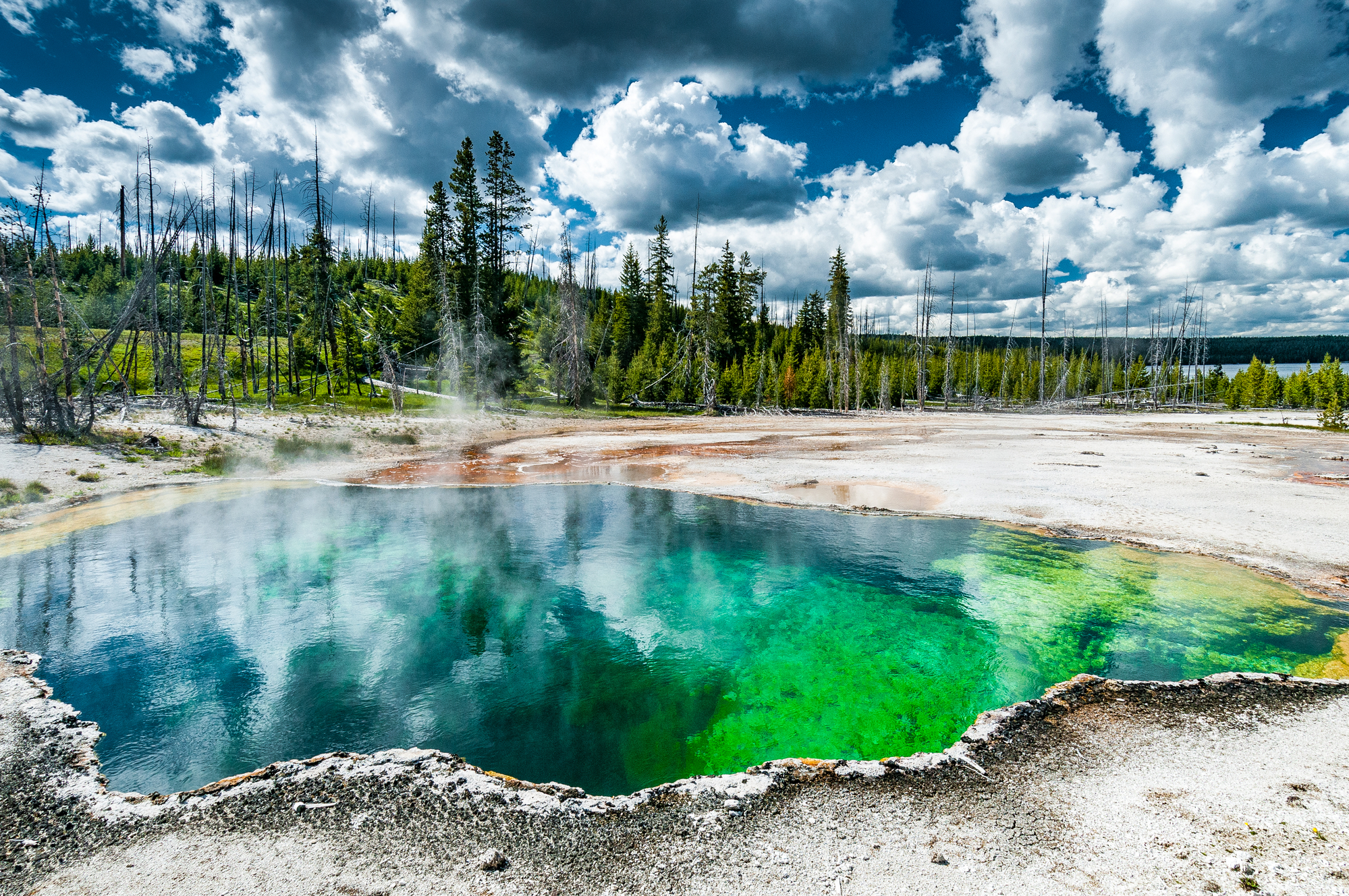
Day 4: Fewer Crowds at West Thumb
For the last day of your 4 day Yellowstone itinerary, you’ll be staying closer to West Thumb.
Is hiking West Thumb Geyser worth it? Absolutely, yes! West Thumb Geyser is full of unique geothermal formations that also have a background of a lake, and it is one of the less frequented areas of Yellowstone so you won’t be bumping into crowds.
I personally love ‘hidden gems’ like this because I don’t always love going places with crowds and lines for photos.
The West Thumb Geyser Basin Trail is an easy 1 mile trail that loops around to numerous viewpoints such as Potts Basin, Fishing Cone, and the Abyss Pool. I particularly like how unique Fishing Cone is, especially that it’s in the lake!
If you are all geyser-ed out, the Yellowstone Lake Overlook Trail is a great option to stretch out your legs and get more into the woods. The trail is 1.7 miles and will take you about 1.5 hours to finish the hike.
Bonus: If you are an avid backcountry hiker, West Thumb has some of the best backcountry hiking available. Check the NPS website for more information about the Yellowstone backcountry.
What to Pack for a Yellowstone 4 Day Itinerary
4 days in Yellowstone will be quite an adventure. Although much of the main sites are pretty developed, and you will not need to go on any strenuous hikes, it is still recommended to be packed with the proper gear. This is especially important if you visit outside of the peak summer months.
Hiking Boots / Shoes
Here are some of my favorite hiking boots. I personally have Hoka’s because I don’t need as much sturdy ankle support, but the right hiking shoe will depend on your individual needs. Most of the hiking trails in Yellowstone National Park will be doable with just sneakers and not formal hiking boots.
Sun Protection
Sun protection is a must on your Yellowstone 4 day itinerary. Here are some items I use for sun protection every time I am out hiking.
Water Storage
My general rule of thumb is 1L of water per hour while on the hiking trails in Yellowstone. Here are some of my favorite water storage containers – I especially love the Drom Bags. In the summer when it is above 80 degrees F, I will sometimes go up to 1.5L of water per hour.
Summer Hiking Clothing
Summer hiking clothing will keep you cooler than your normal workout gear. This is crucial for hiking trails in Yellowstone – especially in the summer. You definitely want to stay away from cotton and look for clothing that is breathable and sweat-wicking. For more details on why that is, check my post on Essential Hiking Clothes!
Summary
Yellowstone National Park is a beautiful and iconic destination that offers a wide variety of natural and cultural attractions for visitors to enjoy. One of the main reasons people visit Yellowstone is to see the park’s geothermal features, which include geysers, hot springs, and mud pots. Some of the most famous geysers in the park include Old Faithful, Castle Geyser, and Grand Geyser, and these are must-see attractions for many visitors to the park.
In addition to its geothermal features, Yellowstone is also known for its diverse and abundant wildlife. The park is home to a variety of animals, including bison, elk, moose, grizzly bears, and wolves, and visitors can see these animals in their natural habitat throughout the park. The best time to view wildlife is early in the morning or late in the evening, when the animals are most active.
Scenic drives are another popular attraction in Yellowstone, and the park has several drives that take visitors through its most beautiful areas. The Grand Loop Road is a popular drive that encircles most of the park, and the Beartooth Highway is a scenic drive that takes you through the park’s northern region. These drives offer breathtaking views of the park’s landscape and are a great way to see the park from the comfort of your car.
Hiking is another popular activity in Yellowstone, and the park has over 1,000 miles of trails to explore. The trails range in difficulty from easy to challenging, and they offer a variety of landscapes and views, including forests, mountains, rivers, and thermal features. Hiking is a great way to see the park’s natural wonders up close and get some exercise at the same time.
Overall, Yellowstone National Park is a must-see destination for anyone interested in nature and outdoor recreation, and it offers something for everyone to enjoy.
Have you been to Yellowstone National Park before? What did you think?
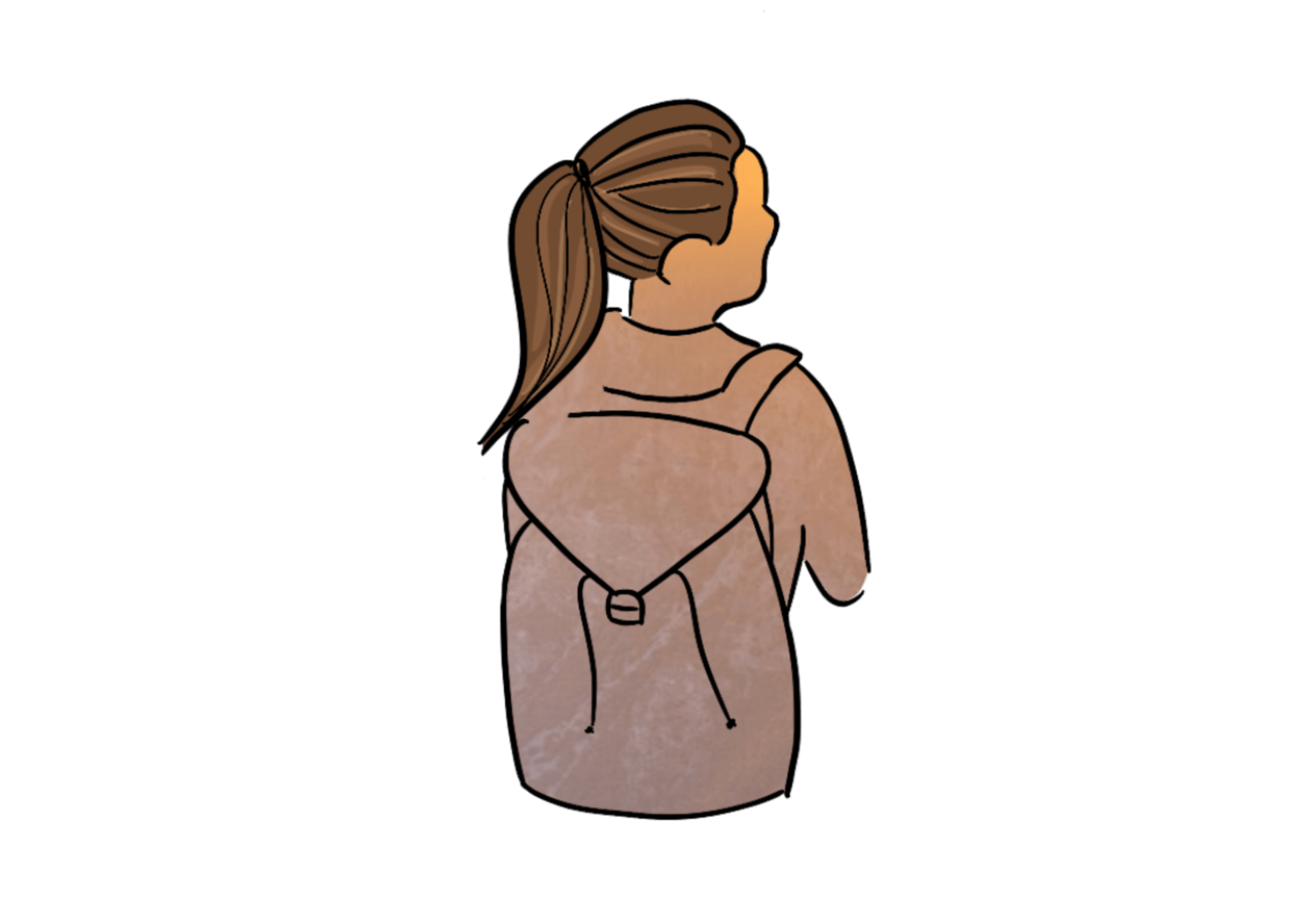
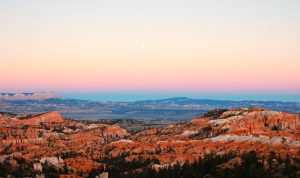
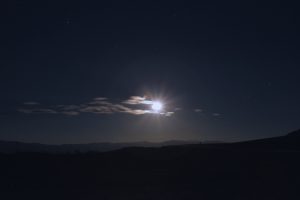
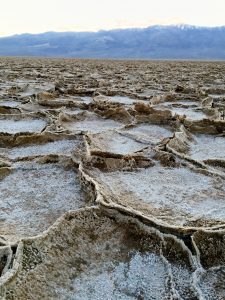
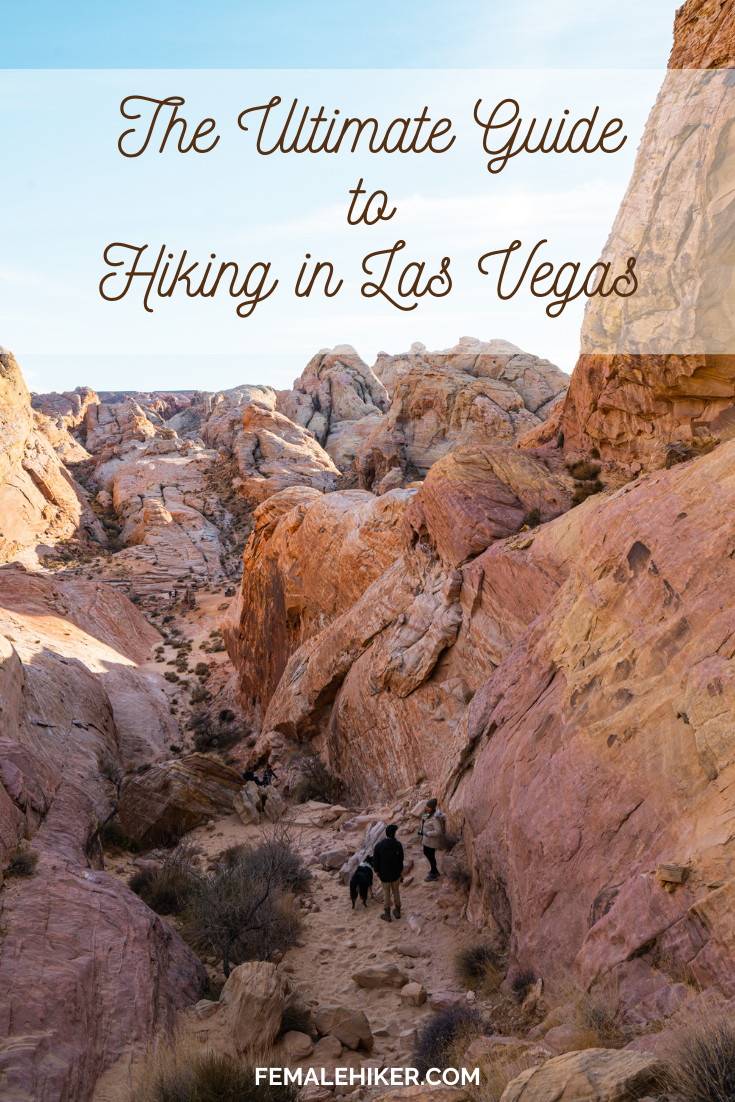
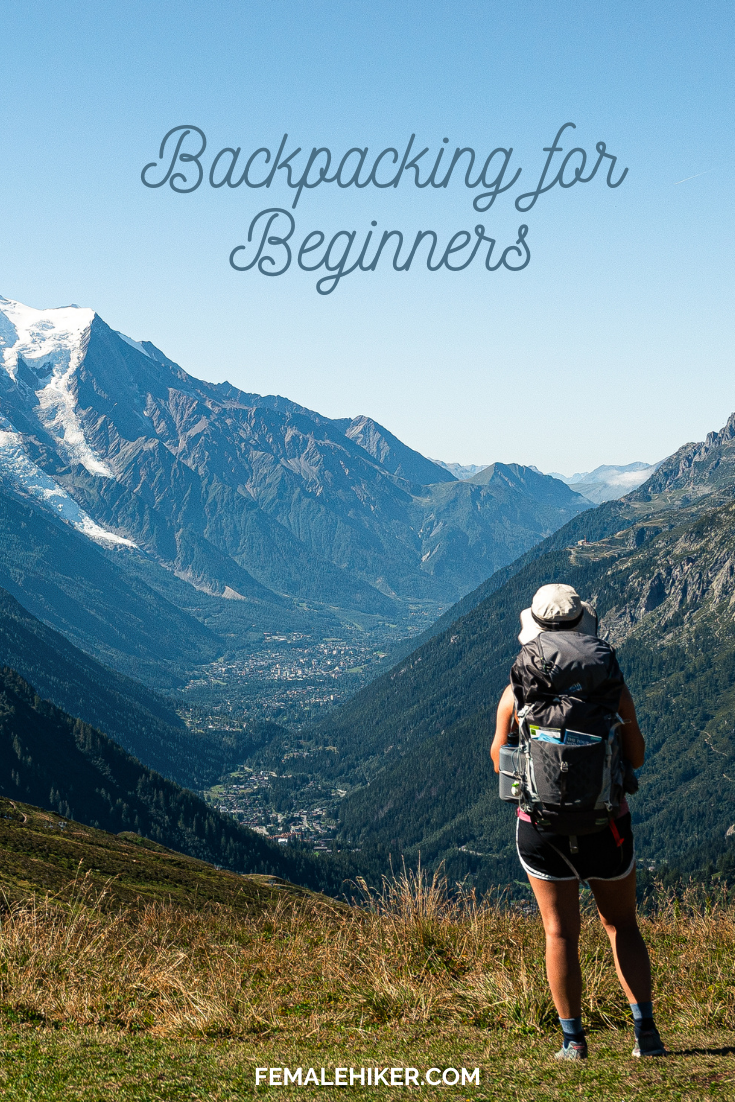
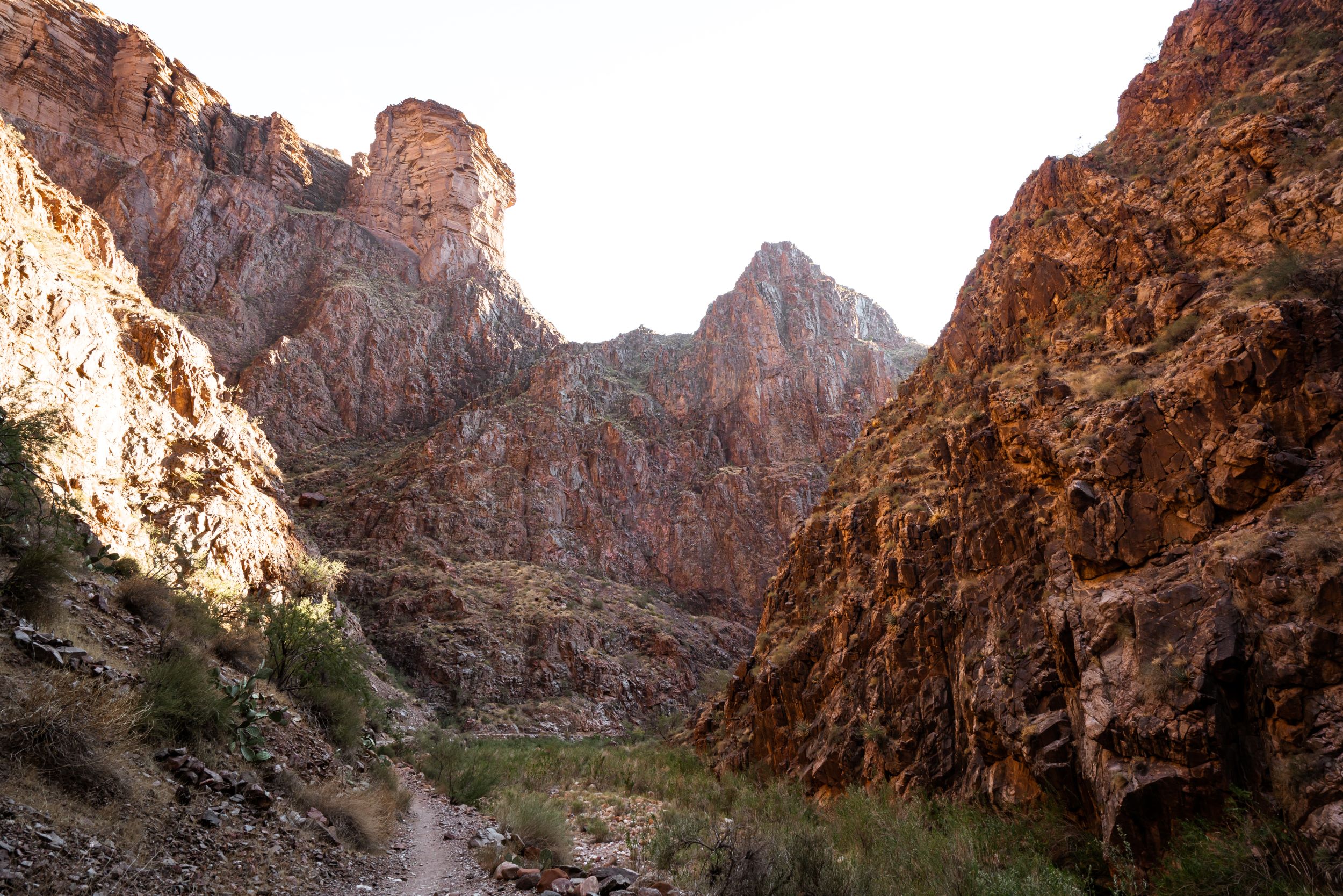
5 Comments
I’ve literally always wanted to visit Yellowstone! Great post, I’ll save this for when I eventually visit the US.
This looks amazing! I’m in the UK so seeing that there’s over 1000 miles just in this park to explore is amazing!
This is so amazing and something I never visited before. The guide makes it easy to know where and how to visit. Thank you for sharing!
This post on Yellowstone was very thorough. The area looks like a travelers dream spot. I’m due for an upcoming trip and hiking is on the list.